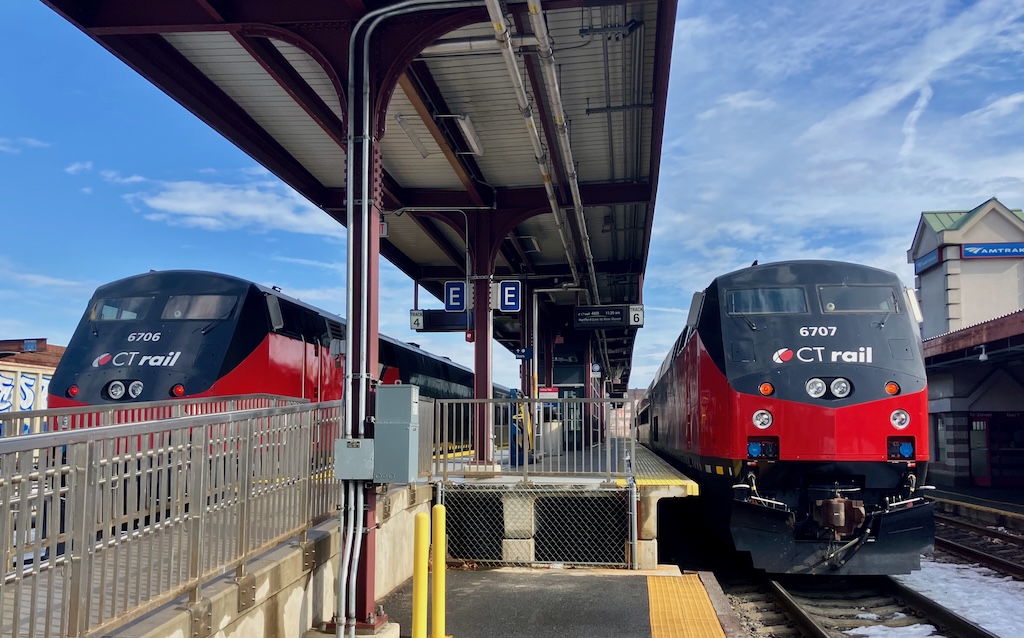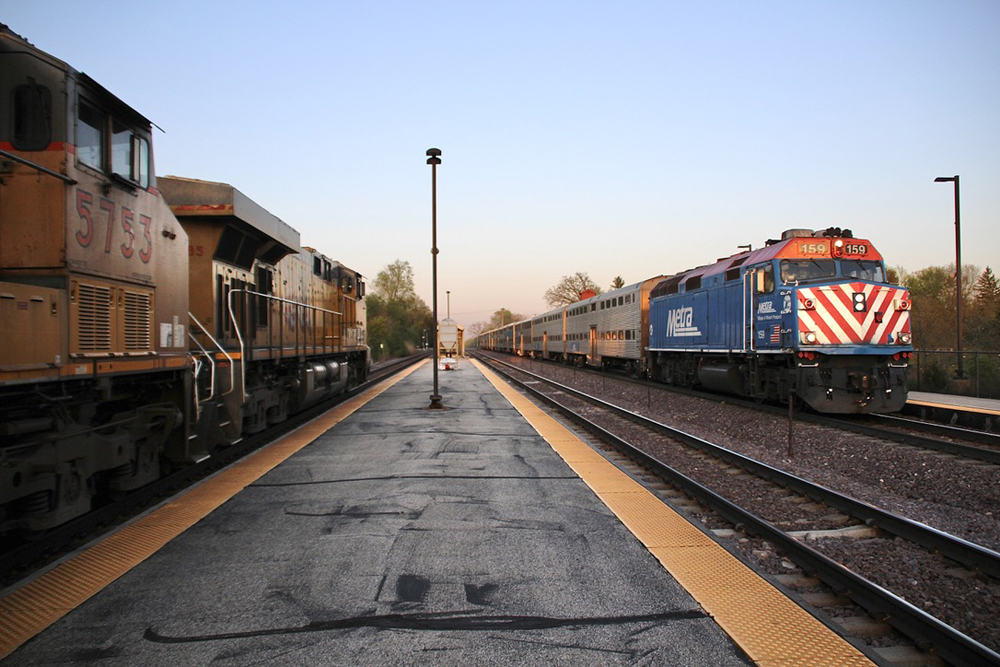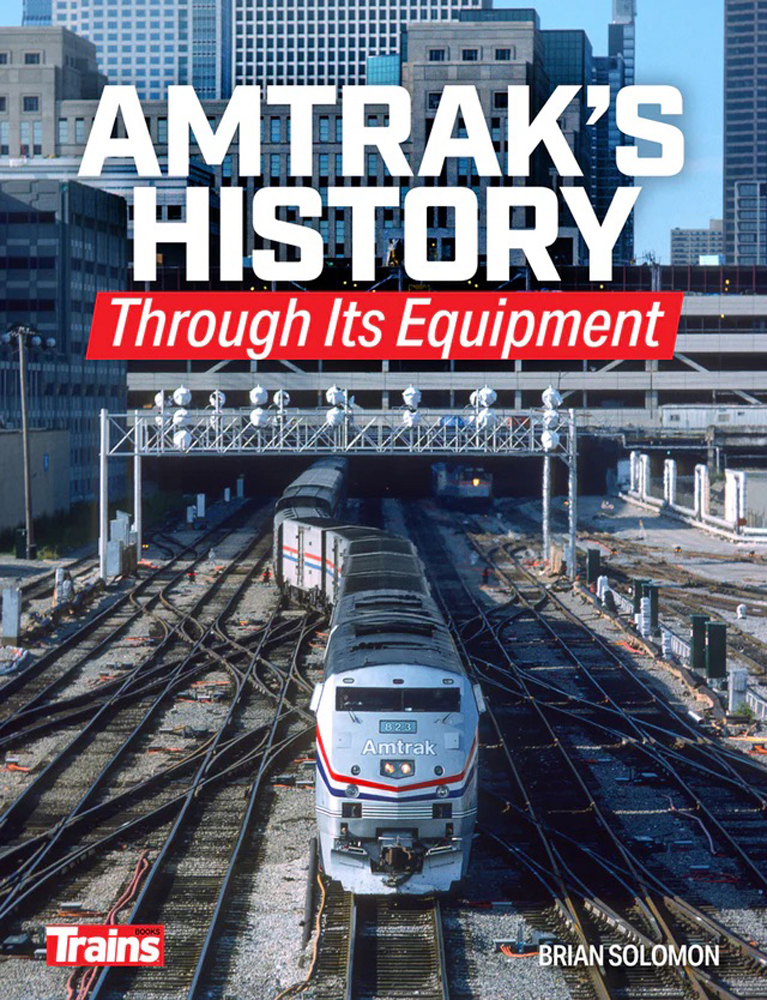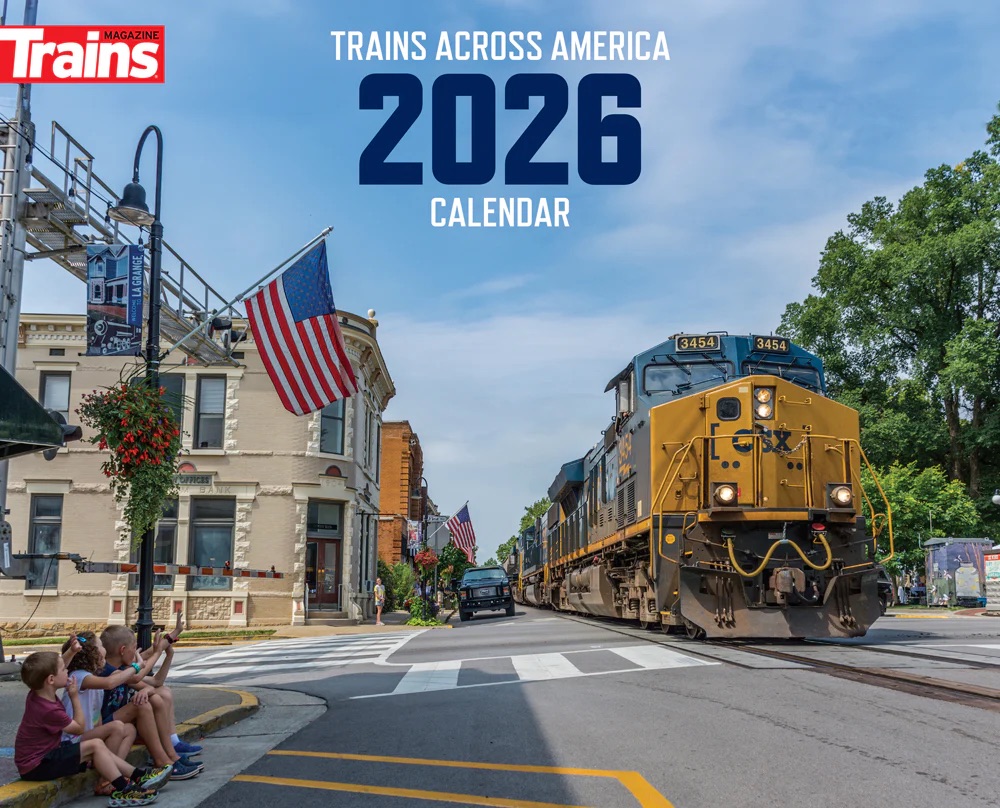
WASHINGTON — Beleaguered commuter railroads — which are being hit by the double whammy of funding cuts and lower ridership since the pandemic — are seeking breathing room regarding liability insurance coverage.
The Commuter Rail Coalition is cheering a bipartisan bill that would give commuter railroads 60 additional days to secure additional excess liability coverage when the federal cap is next scheduled to be adjusted for inflation next year.
Current law gives commuter railroads just 30 days to obtain additional insurance coverage when the federal liability cap is adjusted.
A bill introduced on Oct. 6 by Rep. Troy Nehls (R.-Texas), the Passenger Rail Liability Adjustment Act of 2025, would give commuter railroads 90 days to secure additional liability insurance coverage.
The measure was originally co-sponsored by House Railroads Subcommittee Ranking Member Rep. Dina Titus (D-Nev.) and Rep. Seth Moulton (D-Mass.).
“Commuter rail plays a vital role in connecting communities across Massachusetts and the nation,” Moulton said. “This bipartisan fix ensures that rail systems have a fair chance to meet new insurance requirements without jeopardizing service or safety. It’s a commonsense step to protect riders, workers, and taxpayers alike.”
Securing coverage is a complex process that requires more than 30 days to complete. If commuter railroads are unable to secure coverage within the 30 days, then they are required to cease operations.
The Commuter Rail Coalition estimates that the next increase will be in excess of $70 million when the U.S. Department of Transportation announces the newest cap, sometime in early 2026. The cap is adjusted by applying the Consumer Price Index.
The organization, which represents commuter agencies across the U.S., is pushing for the inclusion of a permanent solution in the upcoming reauthorization of the federal surface transportation programs.
Reauthorizing legislation will be necessary when the current Infrastructure Investment and Jobs Act expires on Sept. 30, 2026. The coalition backs a modification in the statute that would provide for the cap to be calculated every four years instead of the current five years, while allowing a full 365 days for implementation of the new cap.
This would allow all railroads to acquire additional coverage in the normal course of business when they complete their annual renewals.













